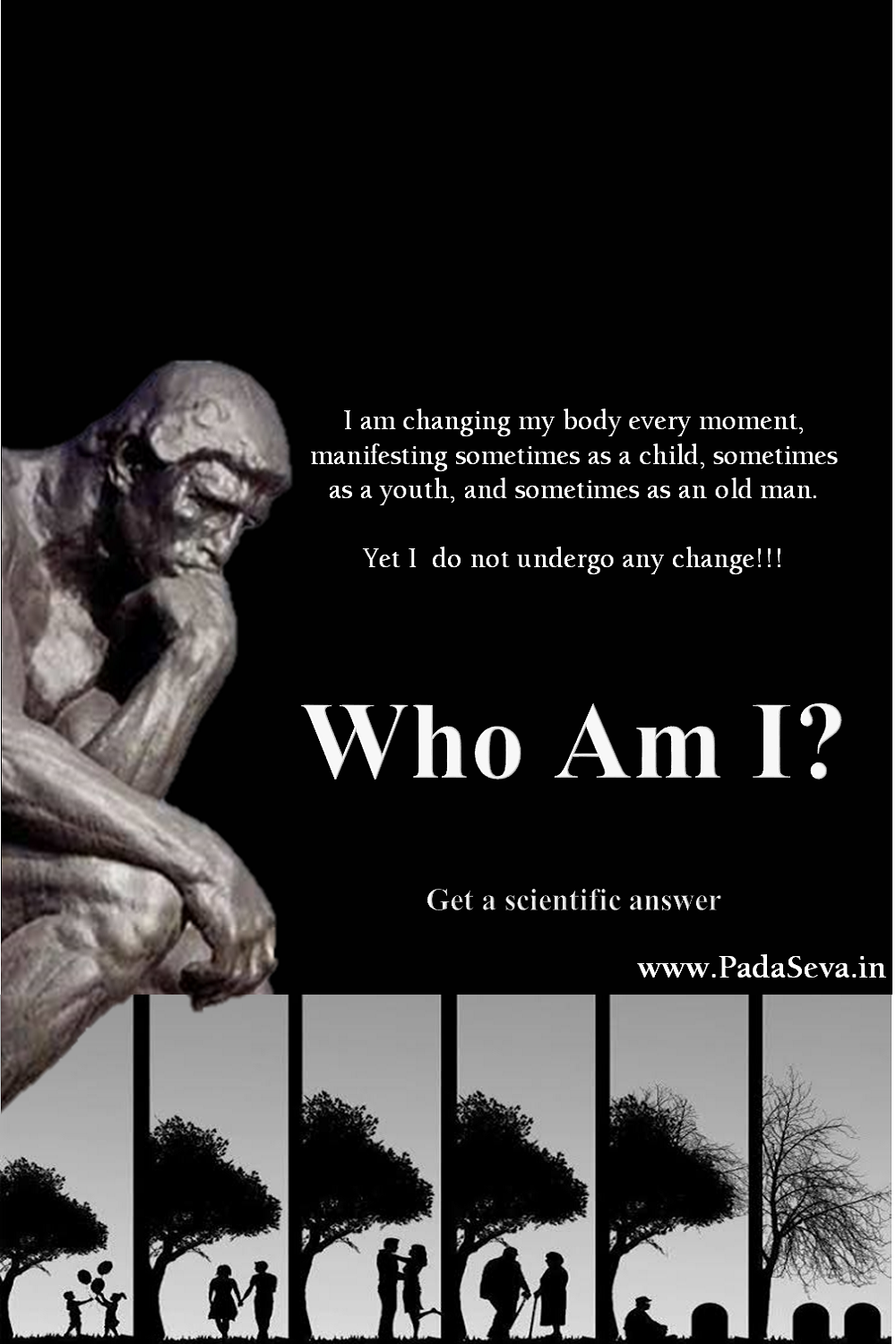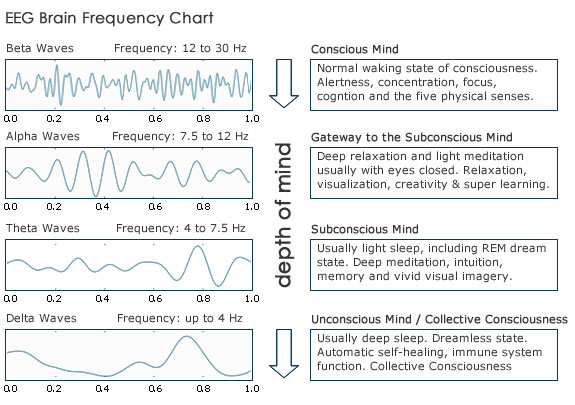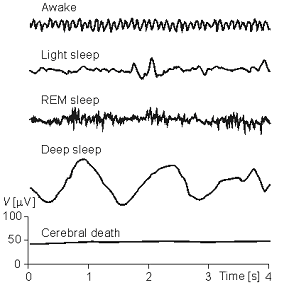Sometimes, if not always, we get this question - “Who am I?” This question has kept spiritualists, philosophers, poets, scientists engaged for a long time. And this is a very vital question for the human race. The Vedanta-sutra (1.1.1) states, athato brahma jijnasa: "Now one should inquire about Brahman - The absolute truth, the transcendental, spiritual nature"
The first aphorism in the Vedanta-sutra is athato brahma jijnasa. In the human form of life one should put many questions to himself and to his intelligence. In the various forms of life lower than human life the intelligence does not go beyond the range of life's primary necessities--namely eating, sleeping, mating and defending. Dogs, cats and tigers are always busy trying to find something to eat or a place to sleep, trying to defend and have sexual intercourse successfully. In the human form of life, however, one should be intelligent enough to ask what he is, why he has come into the world, what his duty is, who is the supreme controller, what is the difference between dull matter and the living entity, etc. There are so many questions, and the person who is actually intelligent should simply inquire about the supreme source of everything: athato brahma jijnasa.
[SB. Canto 4, Chapter 25, Text 5, Text26, purport]
We have heard the scriptural point of view or the Vedic point of view on this. However now for a change let us see what does modern science speak about our Identity. Let us take a journey to understand Our Identity as Revealed by Science.
The year 1637: René Descartes
In the era of Modern Philosophy, the first person to revolutionize the idea about our identity was - René Descartes.
Descartes had to, first of all, seek a solid starting point (evident idea). So for this, he started a deductive process. To arrive at a concrete starting point, he starts with a methodical approach to doubt the existence of everything.
He said, we can doubt all the ideas that exist within our knowledge, whether they come through the senses or through the intellect, we can doubt even mathematical truths, as it could be that the human intelligence is under an influence of some evil genius who is making what is objectively irrational appear as rational.
So doubt is brought to its extreme form. But, in spite of this, the hyperbolic doubt causes to eliminate the entire content of thoughts to be false, the only truth is that “I think”: one cannot doubt without thinking; and if I think, I exist: "Cogito ergo sum" (French: Je pense, donc je suis; I think, therefore I am).
Therefore the conclusion was – We are Thoughts.
The year 1929: Electroencephalogram (EEG)
The discovery of electroencephalography (EEG) in 1929 by the German psychiatrist Hans Berger was a historical breakthrough providing a new neurologic and psychiatric diagnostic tool at the time.
This tool is a monitoring method to record the electrical activity of the brain or we can say that it is recording our thoughts. To observe and understand our brain better, scientists had recorded EEG waves for a person in both awakened state and sleeping state.
As per René Descartes, we are Thoughts.
Now from EEG, this study made the scientists believe that Thoughts originate from the Brain. Therefore the conclusion was – We are Brain.
Studies continued, and then, a discovery was made. Coma - a prolonged state of deep unconsciousness, caused especially by severe injury or illness. Some of the coma patients suffer from brain death, known as Brain Death Syndrome.
However, even if the patient’s brain is dead, he is still alive – with a properly functioning heart!!! This perplexed our scientists.
It was evident that we are not Brain, but then who are we???
Therefore the conclusion was – We are NOT Thought, (Mind) or Brain.
The year 1980: Dr. John Lorberr
Studies continued and before science got an answer to the mystery, another puzzle came up.
Till now the notion was that the size of the brain is the most important consideration for human intelligence.
British neurologist Dr. John Lorberr highlighted in a 1980 article in Science raised a question to this notion (Lewin 1980). Lorber studied many cases of hydrocephalus (“water on the brain”) and concluded that even when most of the brain’s cerebral cortex (the brain’s outer layer) is missing, patients can live normal lives. Science writer Roger Lewin quotes Lorber in his article:
There’s a young student at this university [Sheffield University] who has an IQ of 126, has gained a first-class honors degree in mathematics, and is socially completely normal. And yet the boy has virtually no brain…When we did a brain scan on him, we saw that instead of the normal 4.5-centimeter thickness of brain tissue between the ventricles and the cortical surface, there was just a thin layer of mantle measuring a millimeter or so. His cranium is filled mainly with cerebrospinal fluid.
Lorber’s provocative findings suggest that we need to reconsider our long-held beliefs about how the brain works and the physical foundation of human intelligence.
I submit in the epilogue of The Biology of Belief that human intelligence can only be fully understood when we include spirit (“energy”) or what quantum physics savvy psychologists call the “superconscious” mind.
[Lewin, R. (1980). “Is Your Brain Really Necessary?” Science 210: 1232-1234]
Many such cases have been recorded, the latest is of the year 2007, a 44-year-old brainless man.
Therefore now the conclusion was reestablished – We are NOT Brain
The year 1991: Pam Renolds
Pam Reynolds Lowery (1956 – May 22, 2010), from Atlanta, Georgia, was an American singer-songwriter. In 1991, at the age of 35, she stated that she had a near-death experience (NDE) during a brain operation performed by Robert F. Spetzler at the Barrow Neurological Institute in Phoenix, Arizona. Her experience is one of the most widely documented in near-death studies because of the circumstances under which it happened. Reynolds was under close medical monitoring during the entire operation. During part of the operation, she had no brain-wave activity and no blood flowing in her brain, which rendered her clinically dead. She claimed to have made several observations during the procedure which later medical personnel reported to be accurate.
Diagnosis and operation
Reynolds reported to her physician that she was experiencing symptoms of dizziness, loss of speech and difficulty in moving parts of her body. Her physician referred her to a neurologist and a CAT scan later revealed that Reynolds had a large aneurysm in her brain, close to the brain stem.
Because of the difficult position of the aneurysm, Reynolds was predicted to have no chance of survival.
As a last resort, Robert F. Spetzler — a neurosurgeon of the Barrow Neurological Institute in Phoenix, Arizona — decided that a rarely performed surgical procedure, known as hypothermic cardiac arrest, was necessary to improve Pam's outcome. During this procedure, also known as a standstill operation, Pam's body temperature was lowered to 50 °F (10 °C), her breathing and heartbeat stopped, and the blood drained from her head. Her eyes were closed with tape and small earplugs with speakers were placed in her ears. These speakers emitted audible clicks which were used to check the function of the brain stem to ensure that she had a flat EEG — or a non-responsive brain — before the operation proceeded.
The operation was a success and Reynolds recovered completely. The total surgery lasted about 7 hours with a few complications along the way.
Claimed NDE (Near Death Experience) & OBE (Outer Body Experience)
Reynolds reported that during the operation she heard a sound like a natural 'D' that seemed to pull her out of her body and allowed her to "float" above the operating room and watch the doctors perform the operation. Reynolds claims that during this time she felt "more aware than normal" and her vision was more focused and clearer than normal vision. Reynolds says she was able to identify surgical instruments and hear conversations between operating room staff.
Keeping in mind that her vital body functions (heart, lungs, brain) were clinically brought down, she was not supposedly in a position to realize what was happening and report the conversations.
This case added complexity to the already complicated mystery. So we infer, we are not Thought, Mind, Brain, Body




Therefore the conclusion was – We are NEITHER Brain NOR Body.
The year 2010: Mystery #1 - The Binding Problem
Science advanced and it was able to identify the functional zone of the human brain. This gave rise to one of the Unsolved Mysteries of Neuroscience: The Binding Problem.
The binding problem is when you look at what's happening in the brain, you find there's a division of labor. You have some parts of your brain that care about the vision, some about hearing, some about touch. And even within a system, like vision, you have parts that care about colors, parts that care about orientations, parts that care about angles. And how this all comes together so that you have a unified perception of the world is one of the unsolved mysteries in neuroscience. This means one part of the brain understands the movement of a person, one part understands he was wearing a red shirt, one understands the voice, but who combines all the information together and comes to a conclusion that the person in the red shirt is singing a song???
There is no part in the brain which is binding the information.
The year 2010: Mystery #2 - The Inverted Image Problem
Another challenging aspect – as shown in the above image, we know that image formed on the retina of the eye is inverted. But strangely we see the world erect and not upside down!!! How???
This is another Unsolved Mystery called – Inverted Image Problem.
Conclusion so far
So science understood that these subtle functions need Intelligence, or an Intelligent Being, to bind the information as gathered by the brain.
Let modern science call us a “Ghost-In-The-Brain” or Homunculus, our Scriptures beautifully calls us Soul (Holy Bible), Rooh (Holy Quran), Aatma (Veda).
The fact is;
We are not this body, we are the spirit soul
We are eternal unlike our pampered mortal body
True science doesn't disrespect or go against the concept of God and Spirituality. Few quotes from the stalwarts of science
“The more I study nature, the more I stand amazed at the work of the Creator. Science brings men nearer to God.” “In good philosophy, the word cause ought to be reserved to the single Divine impulse that has formed the universe.” “Little science takes you away from God but more of it takes you to Him.”
[ —Louis Pasteur, the founder of microbiology and immunology. ]
“It is evident that an acquaintance with natural laws means no less than an acquaintance with the mind of God therein expressed.”
[—James Joule, propounder of the first law of thermodynamics (on the conservation of energy).]
“I want to know how God created this world. I am not interested in this or that phenomenon, in the spectrum of this or that element. I want to know his thoughts; the rest are details.”
[–Albert Einstein]
“God [is] the author of the universe, and the free establisher of the laws of motion.”
[—Physicist and chemist Robert Boyle, who is considered to be the founder of modern chemistry.]
“The more I study science, the more I believe in God.”
[–Albert Einstein]
“I believe that the more thoroughly science is studied, the further does it take us from anything comparable to atheism.” “If you study science deep enough and long enough, it will force you to believe in God.”
[—Lord William Kelvin]
“God created everything by number, weight and measure.” “In the absence of any other proof, the thumb alone would convince me of God’s existence.” “I have a fundamental belief in the Bible as the Word of God, written by those who were inspired. I study the Bible daily.”
[—Sir Isaac Newton, who is widely regarded to have been the greatest scientist the world has ever produced. ]
“Both religion and science require a belief in God. For believers, God is in the beginning, and for physicists He is at the end of all considerations… To the former He is the foundation, to the latter, the crown of the edifice of every generalized world view.” “There can never be any real opposition between religion and science; for the one is the complement of the other. Every serious and reflective person realizes, I think, that the religious element in his nature must be recognized and cultivated if all the powers of the human soul are to act together in perfect balance and harmony. And indeed it was not by accident that the greatest thinkers of all ages were deeply religious souls.”
[—Max Planck, the Nobel Prize-winning physicist who made the crucial scientific contribution of founding quantum physics.]
The irony of modern people is that they make excuse of science and try to reject the clear Evidence of the Evident and confidently misleads the society into the darkness of atheism.
(An article inspired by a lecture by Dr. Kesav Anand Das.)
***
Thank you for reading this article.
If You have Liked it, then please share it with your friends and loved ones. Please feel free to suggest how can we further improve our service.
Hare Krishna!








